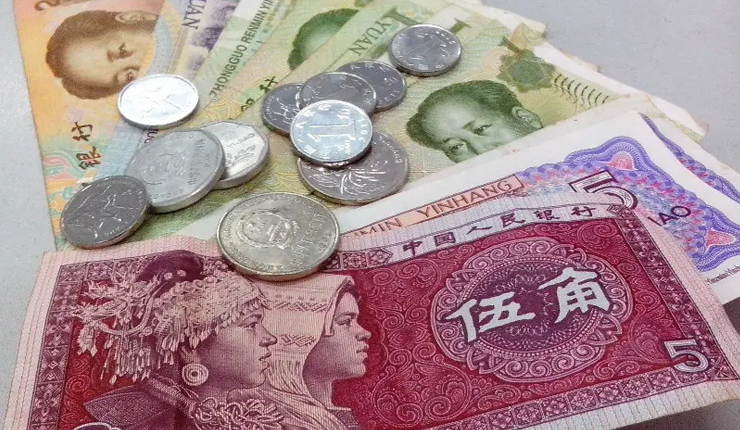China keeps benchmark lending rates unchanged for the sixth month this February, as the one-year loan prime rate (LPR) was kept at 3.65 percent, and the five-year LPR was unchanged at 4.30 percent, the central bank’s data showed on Monday.
After Peking has finalised its strict zero-COVID strategy last December and shifted it into a pro-growth policy, data shows an economic recovery exceeding latest expectations.
New bank loans in China have showed a great surge with a new record of ¥4.9 trillion in January. The Central Bank of China (PBOC) aims to start the country’s economic recovery, as new housing prices hiked for the first time in a year after the government’s support of the real estate sector.
The LPR announcement came in line with expectations, said market participants, as the PBOC have ramped up medium-term liquidity injection, and extended outstanding policy loans last week, while stabilizing interest rates.
Municipal Liquidity Facility is considered an LPR indicator, bank markets usually use medium-term rates to indicate any changes in loan rates.
Despite the recovery momentum, analysts expect a decline in interest rates, following China’s annual parliamentary meeting next March, in which the government will be announcing this year’s main growth targets.
The monetary policy easing could work alongside the expansionary fiscal policy in facing the weak domestic demand.
The decrease in interest rates will be helping in the decrease of state bond issuance fees, said an economic expert, adding that the mortgage rate can also help in defusing systemic risks.
LPR, which banks charge on loans held by their best customers, is assigned by 18 commercial banks responsible for providing recommended rates to the Central Bank each month.
Most of the new and outstanding loans in China are charged with the rate for a year, while the five-year rate impacts mortgage rates.
The last time China has decreased of both the LPR and mortgage rates was last August, in order to boost the economy.
